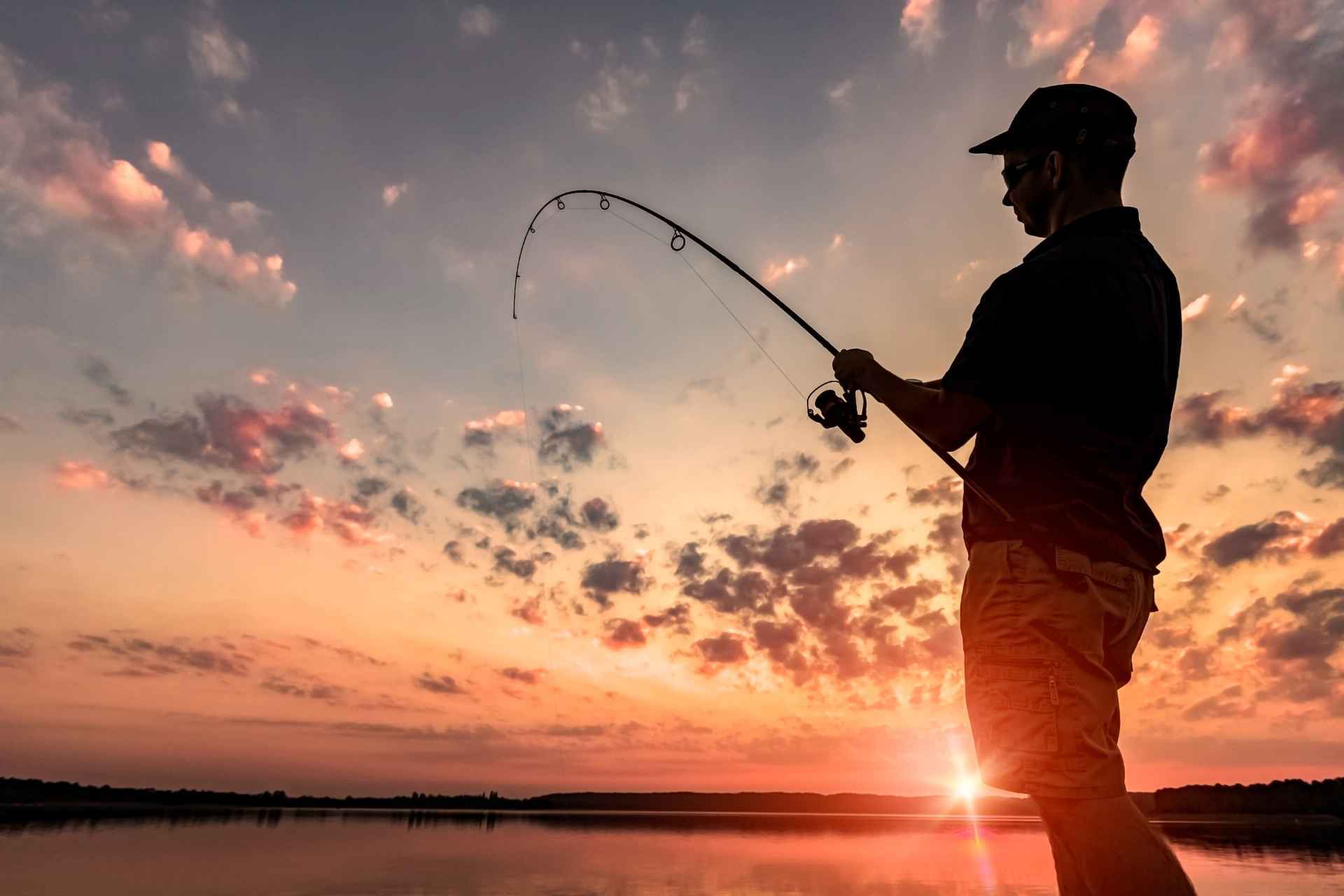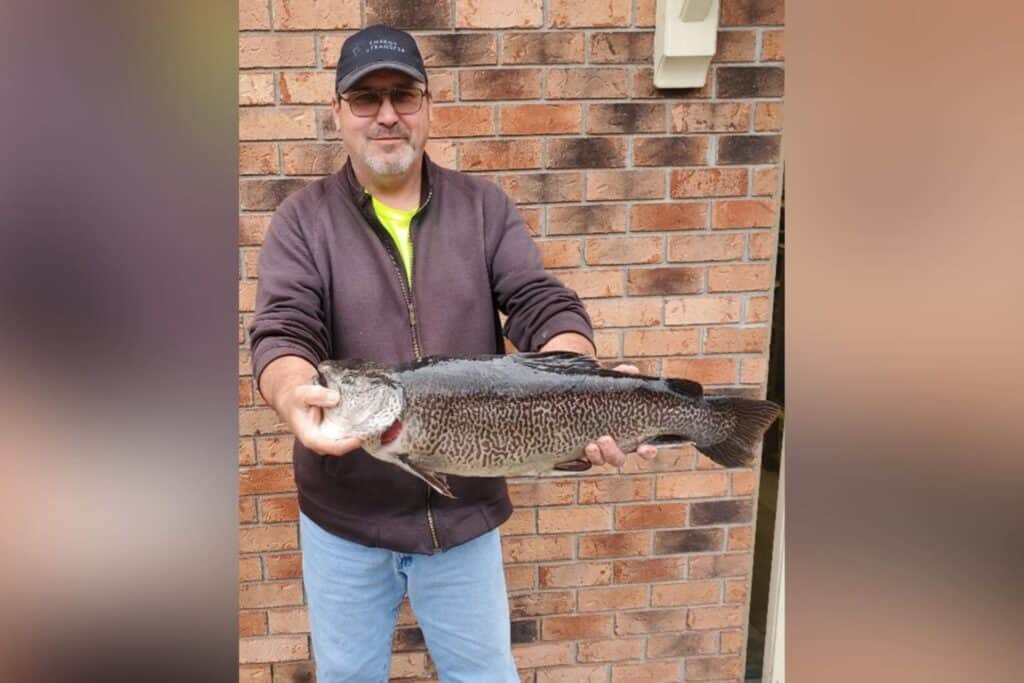In a move to enhance public access to recreational activities, the U.S. Fish and Wildlife Service has announced plans to introduce 53 new hunting and sport fishing opportunities on approximately 211,000 acres nationwide within the National Wildlife Refuge System. This initiative is part of the Biden-Harris administration’s broader effort to improve recreational access to public lands.
The proposed changes will impact 12 national wildlife refuges across several states, including West Virginia. Among the notable expansions are first-ever hunting opportunities at the Green River National Wildlife Refuge, and increased waterfowl and archery deer hunting at Bayou Teche National Wildlife Refuge. Additionally, Horicon National Wildlife Refuge will see expanded fishing opportunities, while Crab Orchard National Wildlife Refuge in Illinois is set to close 111 acres to hunting for alternative visitor activities such as camping.
“Hunting and fishing are traditional recreational activities deeply rooted in America’s heritage,” said Service Director Martha Williams. “Today, nearly 80 percent of Service stations offer hunting and fishing access that helps boost local economies and connects people with nature.” Williams emphasized the commitment to responsibly manage wildlife health and these areas for future generations.
This emphasis on increasing access to public lands aligns with the administration’s conservation strategies, which include voluntary local efforts to conserve U.S. lands and waters as part of the America the Beautiful initiative.
The national wildlife refuge network consists of 571 refuges and 38 wetland management districts, with most major metropolitan areas within an hour’s drive of a refuge. Over 68 million Americans visit these areas each year, which offer vital habitats for various species and opportunities for recreational activities such as fishing, hunting, and environmental education.
According to the Service’s National Survey of Fishing, Hunting and Wildlife-Associated Recreation, outdoor activities significantly contributed over $394 billion to the U.S. economy in 2022, with hunters and anglers responsible for more than $144 billion in expenditures. The report also noted that in 2021, nearly 40 million Americans aged 16 and older participated in fishing, while 14 million were involved in hunting.
The Service is taking steps to address environmental concerns regarding lead ammunition and tackle, recognizing their negative impacts on wildlife and human health. “We will not allow for any increase in lead use on Service lands,” they stated, emphasizing a deliberate process of evaluating lead usage moving forward.
Public comment on the proposed rule will be open for 30 days starting from its publication in the Federal Register on August 2, 2024. More details, including how to submit comments, can be found at http://www.regulations.gov, with the Docket Number: FWS-HQ-NWRS-2024-0034.
A comprehensive list of all refuges with new or expanded hunting and fishing opportunities will be available in the proposed rule. The Service aims to implement these changes in time for the 2024-2025 hunting seasons.
According to the National Wildlife Refuge System Improvement Act of 1997, the Service allows hunting and fishing alongside other wildlife-dependent recreation when consistent with each refuge’s mission. Currently, hunting is permitted at 400 wildlife refuges and fishing at 343.














